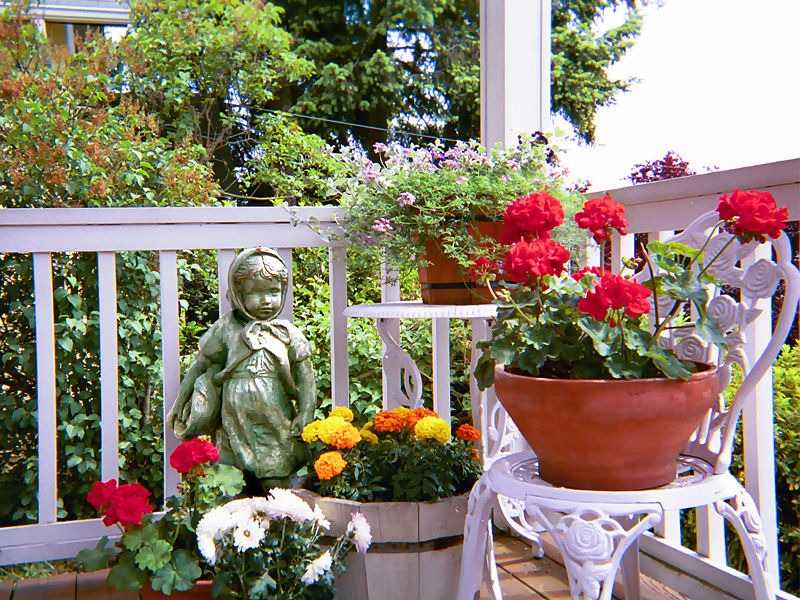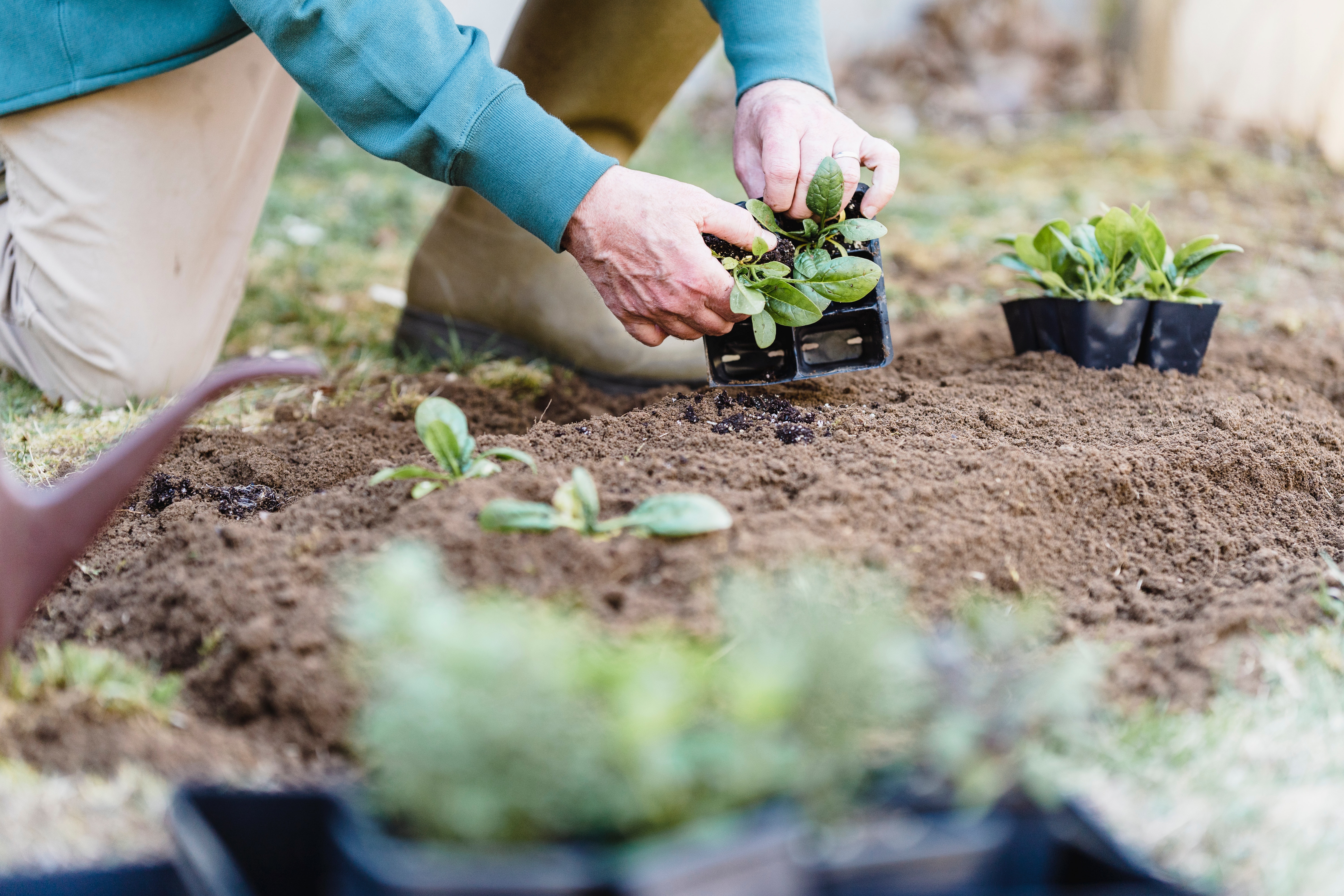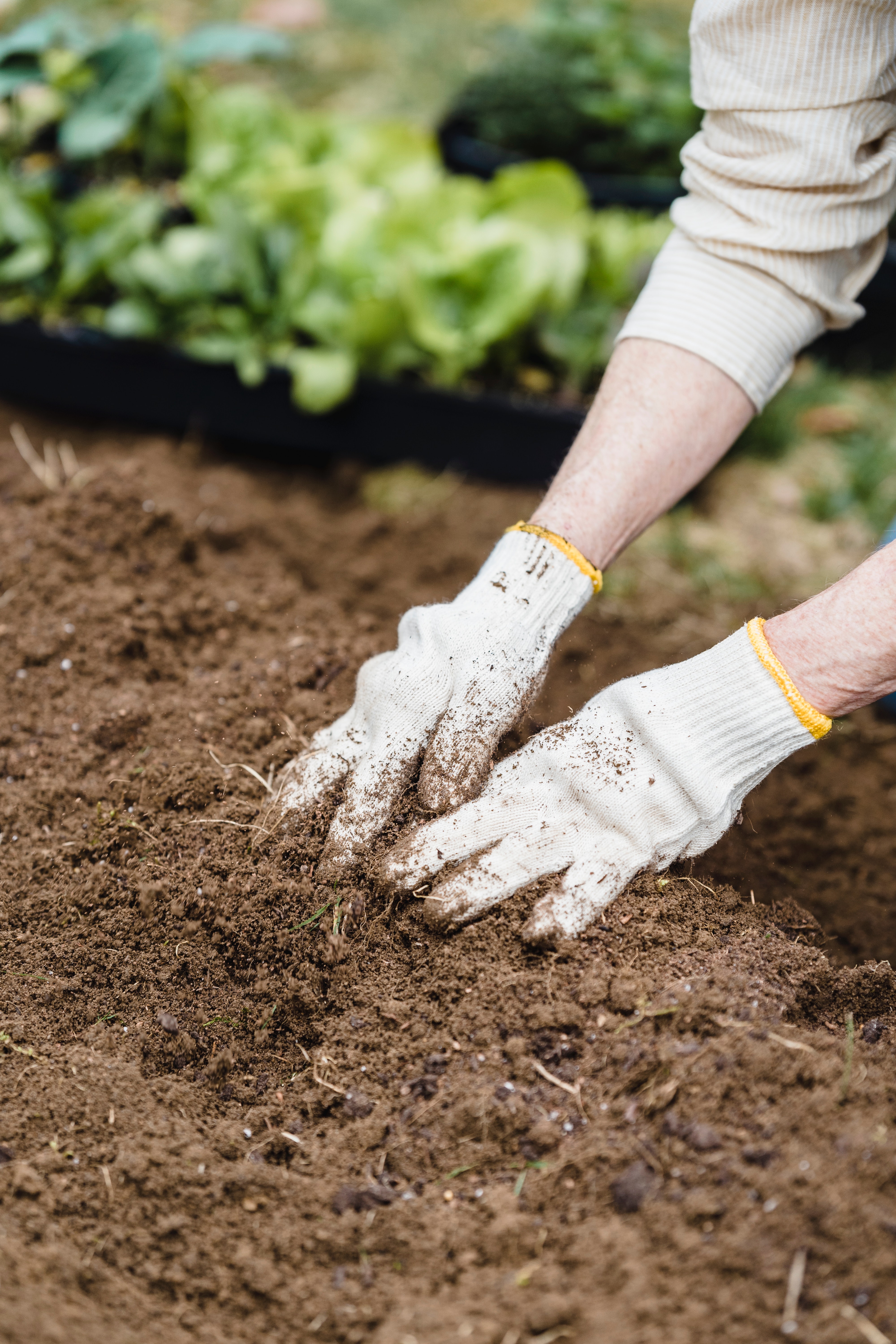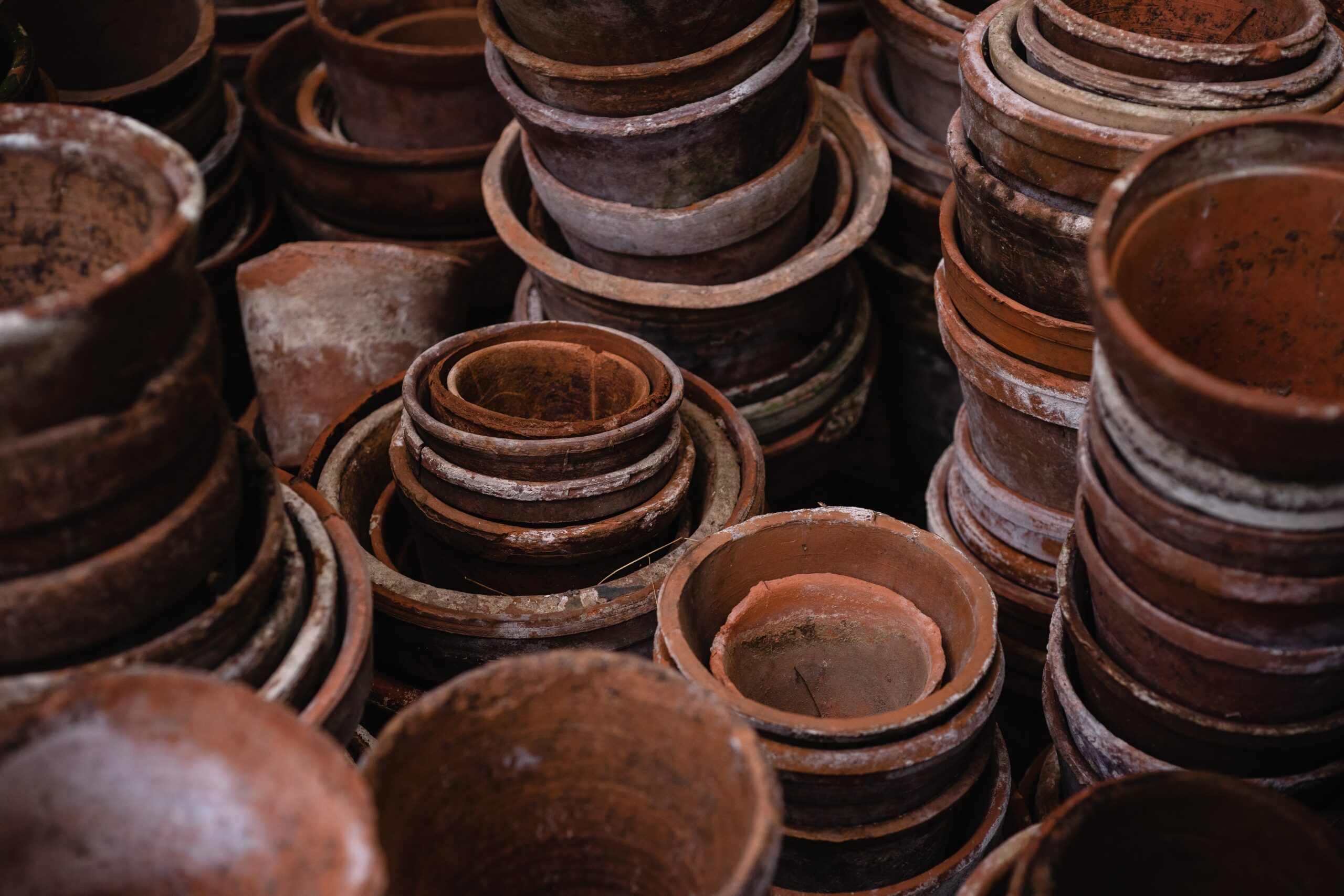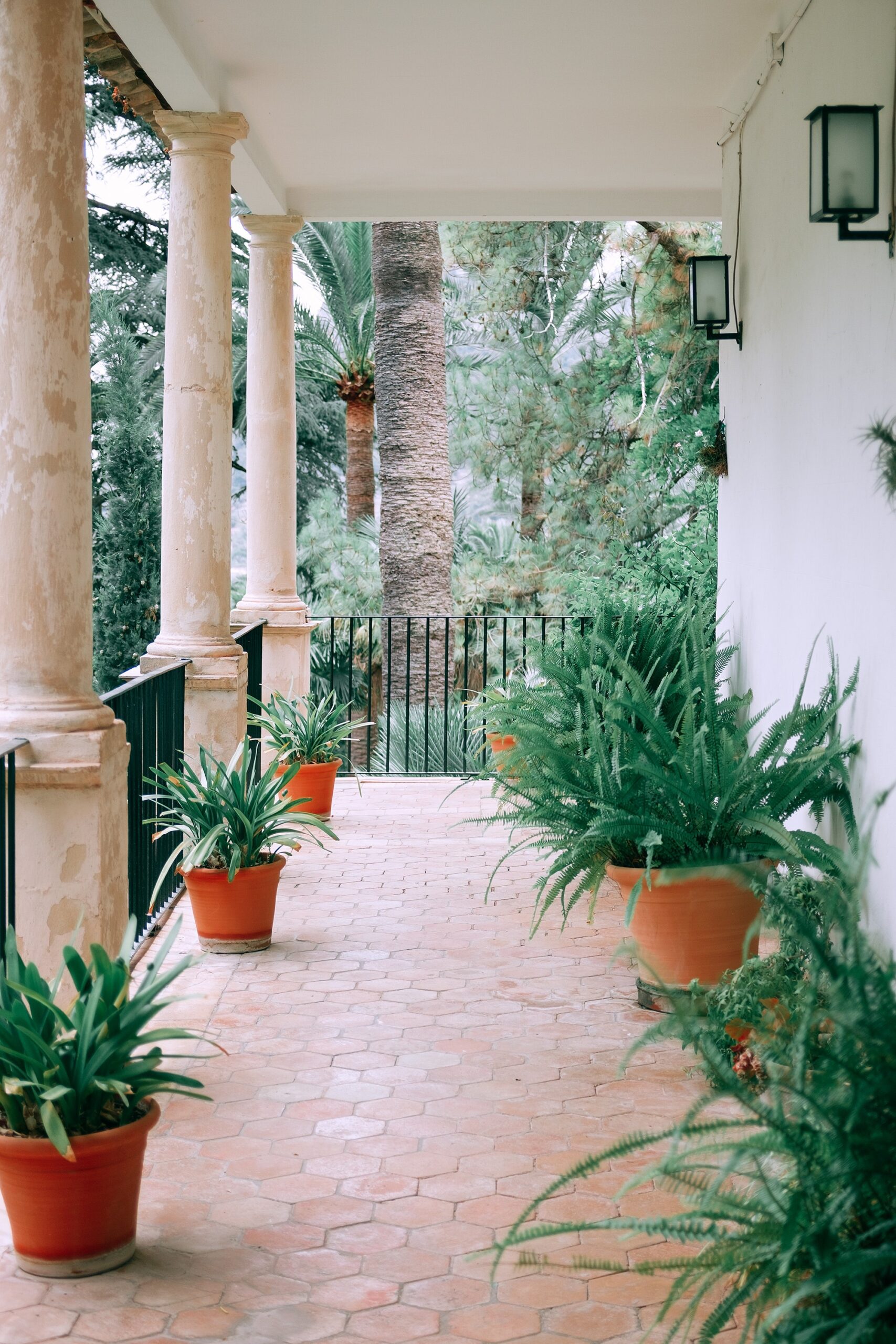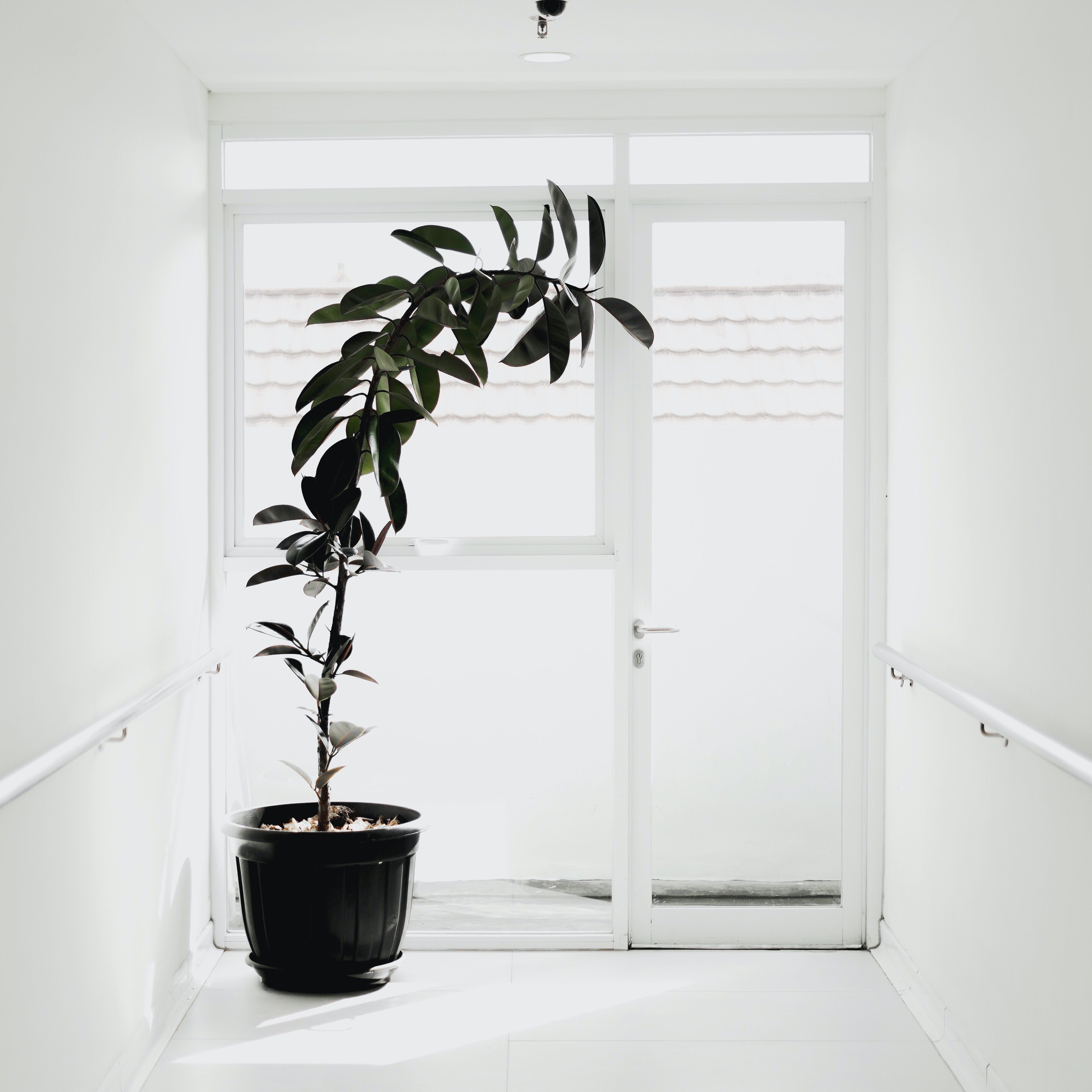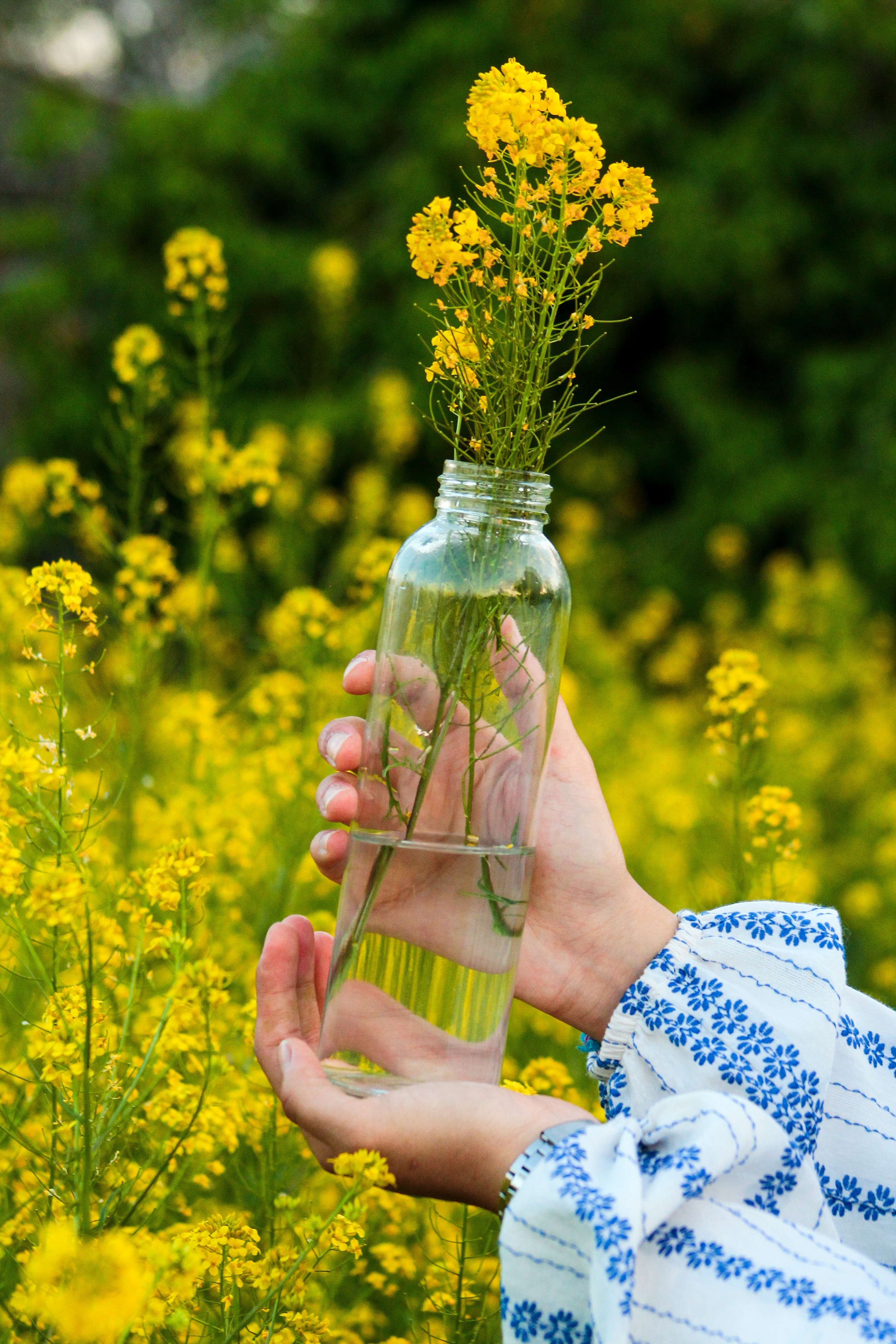Container gardening is not generally a complicated or complex way of planting or gardening. All you need are plant containers, soil, water, and seeds or plants for starting container gardening. It is not very different from standard gardening methods; the only thing that makes container gardening is that you don’t really need a garden bed. Several different plants and flowers can grow as nicely in containers as in a garden bed.
Beginner container gardeners don’t put much thought into how to start it or why do they even want to do it in the first place. Before we start discussing the things needed for container gardening, let’s talk about the reasons why container gardening is a great option.
Why is Container Gardening a Good Option?
Container gardening is basically a way of gardening for people who do not have gardens or patios to plant flowers and vegetables in them. In addition, the following are some other reasons why one should start container gardening:
- You can plant indoor plants in containers and place them inside your apartment or house.
- It’s easy to move these container plants, which is why you can keep remodeling your container garden’s landscape. In this way, you wouldn’t be bored of watching the same thing every day, and the shifting sunlight patterns can provide many benefits.
- The soil mixtures are more controllable, as some plants need more than just natural soil to grow, and it can be harmful to other plants.
- Plants that cannot grow or bloom in cold weather can be moved indoors in such conditions.
Essential Tools Required For Container Gardening
First of all, decide what you want to grow; after that, the process of container gardening is simple and easy unless you don’t have the right tools and things to do it. Following is a list of things you will need for container gardening:
- Containers for Planting Plants
- Soil or soil mixtures
- Plants or seeds
- Hand tools for transferring soil in the containers
- A watering can
What Are the Important Things to do Before Starting Container Gardening?
Before you decide to set up your container garden, it would be better to go through these points and follow the instructions, as they will help you out in many ways.
Choose the Right Container Size
The size of a container has a significant impact on the growth of any plant. As a matter of fact, most plants tend to grow better in larger and wider containers or pots. Larger pots hold more soil that stays moist and holds more water for a longer time; this is why the soil in larger pots doesn’t dry out in rapid temperature fluctuations. On the other hand, smaller containers dry out faster and don’t hold much soil either.
Moreover, the type and size of the plant will also determine the size of the container you need. Before you buy containers, make sure you know the size of plants you are going to plant in them and that the containers are neither too large nor too small for the plants.
Use Suitable Soil for Every Container
Most people make the mistake of using the same kind of soil for every plant. However, you shouldn’t do this if you want good results. Every plant has its own needs, and some of them cannot grow properly in ordinary soil. Therefore, it is important to do thorough research about the soil mixtures required for the proper growth of each plant.
After you have done your research and know what kind of mixtures you need, you are good to go. If you forget this step and dump all the plants in the same soil, don’t blame the plant for not growing later.
Look Out For the Drainage Holes in the Containers
Drainage holes are essential for all the plant containers; without them, the soil will get waterlogged, and the plant may stop growing or even die. There should be holes big enough to let the extra water leave the pot as soon as possible. Before you plant any plants in the containers, make sure you look out for drainage holes. If there aren’t any holes in a container, you can drill them out yourself.
You can keep the pot with drainage holes into a decorative cachepot for indoor use.
Choose the Right Container Material
Plant containers are available in different materials, and the best ones so far are as following:
Glazed Ceramic Containers
These are the most used planters around the world. Moreover, ceramic planters look more elegant than any other type of container. However, the problem is that they can be pretty expensive and a little heavier than other materials.
Plastic Containers
They are way cheaper than glazed ceramic ones and look very good as they are available in different colors. The downside is that plastic containers are not as long-lasting.
Concrete Containers
These containers are maybe one of the best options so far. They are durable and can be decorated in different ways. However, they are very heavy, and it’s hard to move them from one place to another. The fun thing is that you can make your own concrete containers too.
Whichever containers you choose, make sure they have drainage holes and are not broken.
Taking Care of Your Container Garden
Once you have planted all your container plants, it’s time for you to take care of them. Container gardening needs as much time as standard gardening. Ensure you water all the plants properly, at the right time, with the right amount of water; too less and too much water can kill your plants.
For making your large planters look good, you can spread some mulch under them, just like we do in a garden. This wouldn’t just look good but also retain moisture. The layer of mulch should be kept at a distance of about one inch or a little more.
Unlike standard gardening, container garden plants need to be fed regularly and require a lot of special attention. Ensure you remove all the wilted leaves or flowers from the plants and trim the dead ends. Moreover, don’t forget to replace dead plants with new ones (it may seem a little cruel, but you need to let go). Lastly, look out for pests, aphids, or mites that can harm the plants in any way.
Some Extra Tips for Container Gardening
Here are some extra tips that may help you in container gardening:
- Fill large containers with soil after placing them where you want them to be, or else you won’t be able to move them easily.
- Fertilize your plants regularly.
- Do not apply too much nitrogen to vegetable or fruit plants as it can be harmful.
- Make sure you know which plant needs how much water and sunlight.
- You can use name tags on containers, so you don’t forget what you planted.
- Look out for bugs and pests.
- Water the plants regularly, and don’t let the soil dry out.
Conclusion
Now that you know all the basics of container gardening and the things you need to get started, you should begin as soon as possible. Planting more and more plants will only bring good health and happiness to you.
